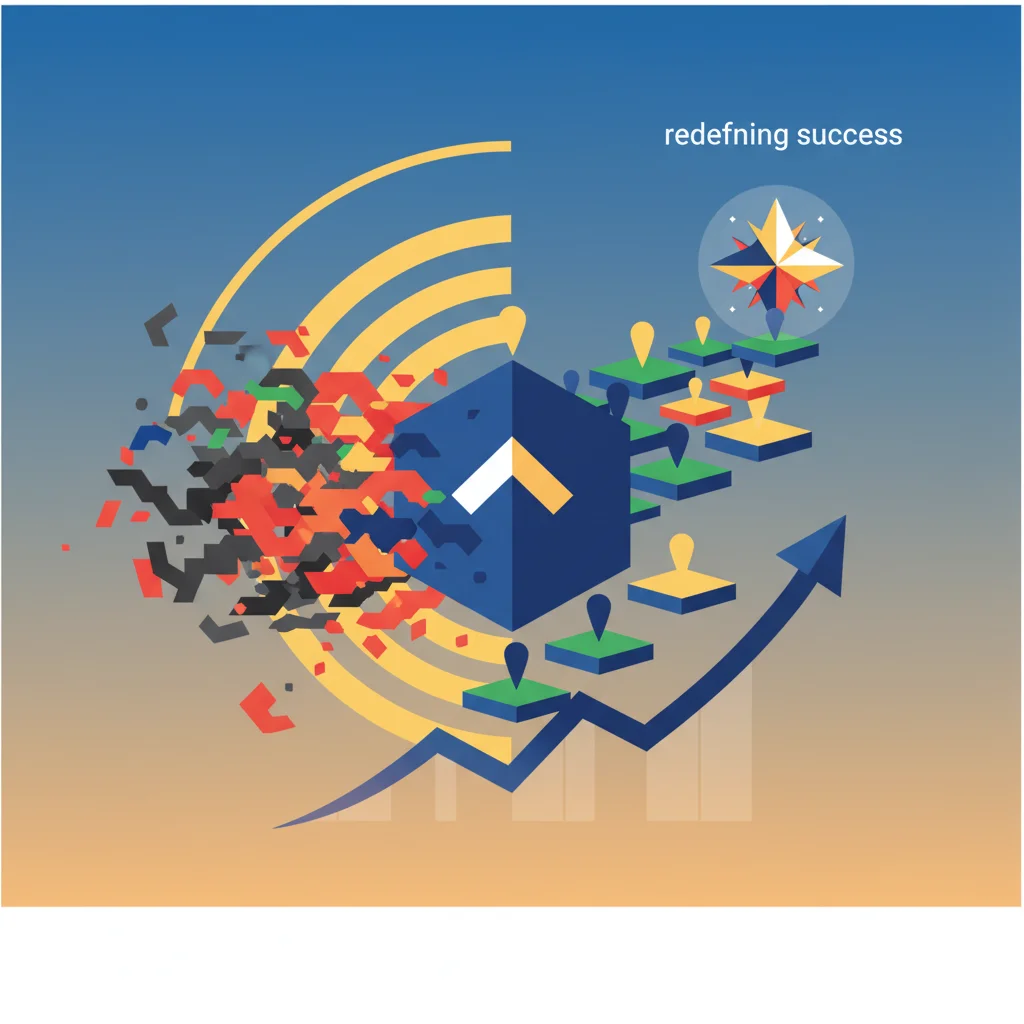
Publicis’s Power Play: Why the Ad Giant Is Rejecting Mega-Mergers and Redefining Success
In the high-stakes world of global advertising, consolidation has long been the name of the game. Giants swallow giants, hoping that sheer scale will translate to market dominance. But Publicis Groupe, the world’s largest advertising holding company, just sent a resounding message to the market: we’re not playing that game anymore. Fresh off the back of a stellar quarter that saw it beat forecasts and raise its full-year guidance, the Parisian powerhouse has explicitly ruled out a bid for the international arm of its Japanese rival, Dentsu. This isn’t just a business decision; it’s a strategic declaration of independence and a confident bet on its own, carefully constructed future.
For investors, finance professionals, and business leaders, Publicis’s move offers a compelling case study in long-term strategy versus short-term opportunism. It’s a story about the shifting tides in the advertising industry, the immense power of integrated data and technology, and how a company’s health can serve as a bellwether for the broader global economy.
Beating the Street: A Look at the Numbers
Before diving into the strategic implications of its M&A stance, it’s crucial to understand the position of strength from which Publicis is operating. The company’s first-quarter results for 2024 were not just good; they were a clear signal of momentum in a notoriously volatile industry. The performance speaks volumes about the resilience and effectiveness of its current model.
Here’s a snapshot of the key performance indicators that are making the stock market take notice:
| Metric | Result/Forecast |
|---|---|
| Q1 2024 Organic Growth | +5.3% (source) |
| Previous Full-Year Guidance (Organic Growth) | +4% |
| Upgraded Full-Year Guidance (Organic Growth) | Between +4% and +5% |
| Key Growth Drivers | Data (Epsilon) & Tech (Publicis Sapient) |
An organic growth rate of 5.3% significantly outpaced analyst expectations and demonstrates that the company’s core business is thriving without the need for acquisitions to bolster its top line. This is a critical metric in finance, as it reflects genuine customer demand and operational excellence. By raising its full-year guidance, Publicis is telling investors that this strong performance is not a fluke but the new standard.
The “Desperate Moves” of Rivals: A Bold Rejection of Mega-Mergers
The most headline-grabbing element of Publicis’s recent announcement was the unequivocal rejection of a potential bid for Dentsu’s international assets. For months, speculation had swirled in financial circles about a possible mega-deal. Instead of a non-committal corporate statement, CEO Arthur Sadoun delivered a sharp critique of his competitors’ strategies.
He characterized the large-scale M&A activities of rivals as potential “desperate moves,” a clear swipe at those struggling to find a path to growth in the modern media landscape. According to the Financial Times, Sadoun emphasized that Publicis is focused on “bolt-on” acquisitions that complement its existing capabilities, rather than transformative deals that often come with messy integrations and culture clashes. This disciplined approach to capital allocation is a hallmark of a mature and confident management team.
This public dismissal of a major acquisition is more than just a strategic update; it’s a power play. Publicis is asserting that it has already assembled the necessary pieces for future success and doesn’t need to buy its way out of trouble. This stands in stark contrast to an industry where blockbuster mergers were once seen as the only way to stay competitive.
The Engine Room: How Data and Tech Became Publicis’s Unfair Advantage
So, what gives Publicis the confidence to sidestep a deal of this magnitude? The answer lies in two key assets that have transformed it from a traditional ad holding company into a digital transformation powerhouse: Epsilon and Publicis Sapient.
- Epsilon: The Data Powerhouse. Acquired for a staggering $4.4 billion in 2019 (source), Epsilon provides Publicis with a massive trove of first-party consumer data. In an era of crumbling cookies and heightened privacy concerns, owning a direct, consent-based relationship with consumers is paramount. This data isn’t just for targeting ads; it fuels personalization at scale, informs business strategy, and provides the raw material for advanced AI and machine learning models.
- Publicis Sapient: The Tech Transformation Arm. Sapient is not an ad agency; it’s a digital consultancy that competes with the likes of Accenture and Deloitte. It helps major corporations—many in the banking and fintech sectors—rebuild their digital infrastructure, from e-commerce platforms to complex financial technology systems.
The synergy between these two divisions is Publicis’s secret sauce. Sapient builds the digital “pipes” for clients, while Epsilon provides the intelligence to make those pipes effective. This combination allows Publicis to move beyond just creating advertisements and become an indispensable partner in a client’s entire business transformation journey. This integrated model is far more resilient and difficult for competitors to replicate than a traditional creative agency.
Advertising as an Economic Barometer
The health of the advertising industry has long been considered a leading indicator for the broader global economy. When companies are optimistic about the future, they invest more in marketing to capture anticipated consumer demand. When they are pessimistic, ad budgets are often the first to be cut.
Publicis’s strong performance, particularly the noted rebound in spending from technology and consumer packaged goods (CPG) clients, offers a cautiously optimistic signal. It suggests that some of the world’s largest corporations are feeling confident enough to reinvest in growth. For those involved in investing and economics, this is a vital data point. It hints at stabilizing consumer sentiment and a potential easing of the recessionary fears that have loomed over the market for the past two years.
However, the landscape is not without its challenges. The rise of consultancies, the trend of brands “in-housing” their marketing teams, and the constant disruption from new technologies like generative AI mean that ad agencies must continuously evolve. Publicis’s strategy appears tailor-made for this new reality, focusing on high-value, integrated services that are difficult to replicate in-house or source from a traditional consultancy.
The Road Ahead: A New Blueprint for Growth
Publicis Groupe’s recent moves provide a new blueprint for success in the modern advertising and marketing world. It’s a strategy built on three core pillars:
- Invest Early in Core Capabilities: Instead of waiting for a crisis, Publicis made its big bets on data and technology years ago, enduring the short-term pain for long-term gain.
- Prioritize Organic Growth: A focus on deepening relationships with existing clients and winning new ones based on merit creates a more stable and profitable business than one reliant on acquisitions.
- Use M&A as a Scalpel, Not a Sledgehammer: Small, strategic “bolt-on” acquisitions can fill capability gaps without disrupting the entire organization or draining resources.
By rejecting the path of the mega-merger, Publicis is not just making a financial decision; it is championing a philosophy. It is a declaration that the future of the industry lies not in being the biggest, but in being the smartest, most integrated, and most indispensable partner to clients. For investors and business leaders alike, Publicis’s performance is a compelling reminder that in today’s complex economy, a clear, long-term strategy is the most valuable asset of all.


